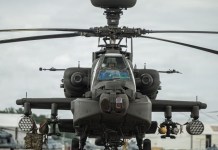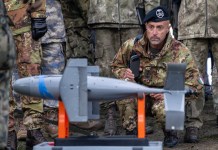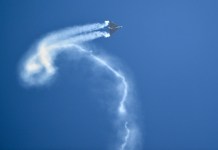The ongoing conflict in Ukraine has led several countries to increase their military spending. At the same time, the attrition in this conflict is also causing a lot of financial losses to countries like Russia, Ukraine, and the latter’s western partners who have been employing their weapons in the war.
US F-16s Could Pose ‘Serious Challenge’ To Russia’s Su-35, MiG-31 Jets; Its Kill Must Be Incentivized — Russian Captain
Western countries are fairly transparent regarding their defense expenditure which makes it possible to estimate how much these countries spend on producing their weapon platforms. However, knowing how much Russia spends on various weapons, it uses in its ongoing military campaign in Ukraine is challenging.
Russian military aviation expert Piotr Butowski recently uncovered some interesting insights into the costs involved for some of the key Russian defense programs, including military aircraft and air-launched weapons currently being used by the Russian military in Ukraine.
What Is The Cost Of Ka-52?
The Ka-52 ‘Alligator’ is one of Russia’s predominantly used ground-attack platforms in its military campaign in Ukraine.
It is considered one of the best attack helicopters in the world, with superior optics, night-vision devices, and precision missiles than other Russian gunship helos like the Mi-24/35 Hind and Mi-28 Havok.
Therefore, the Ka-52 fleet has seen more intensive use than other Russian gunships and has suffered the most losses.
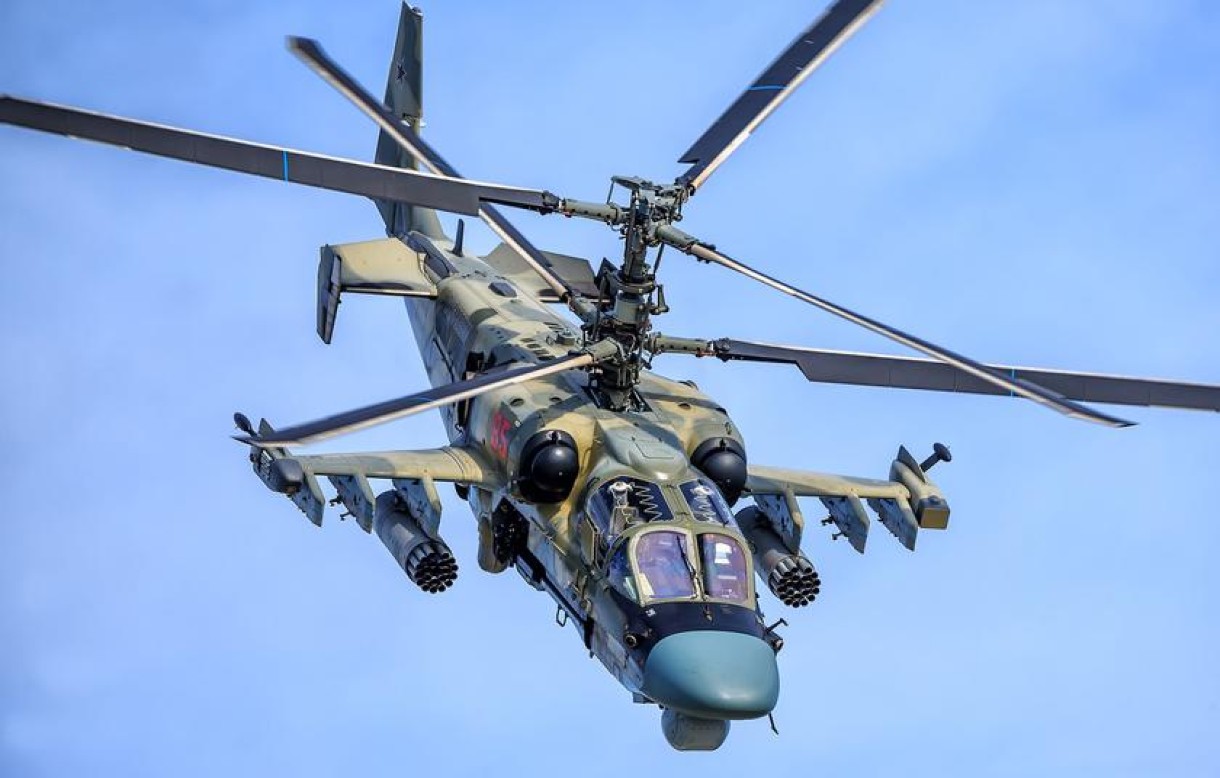
So far, Russia has lost at least 31 of these helicopters in Ukraine, or a quarter of the fleet of 140-145 Ka-52s that it possessed before the invasion, as per the latest figures compiled by the military tracking blog Oryx based on visual confirmations.
This is almost equivalent to the combined losses of Mi-24/35 Hind and Mi-28 Havok fleets which stand at 12 and 11, respectively.
According to Butowski, the price of a single Ka-52 helicopter can be found in a 2021 financial report from its manufacturer, the Progress plant in Arsenyev.
According to the report, the plan delivered 12 helicopters to the Russian Ministry of Defense (RuMod) in 2021 for a contract valued at 11,497 million rubles, which comes down to 958 million rubles per helicopter.
However, this is only how much RuMod spent on the helicopters because the actual cost of producing one helicopter was 1,177 million rubles, meaning the production of each Ka-52 created a loss of 219 million rubles for the plant.
Butowski explains that it is a common practice for the RuMoD to buy at a lower price than the production cost, which has frustrated the Russian industry. However, these companies put up with the lower prices because, very often, the RuMoD is their only production source.
Furthermore, the defense ministry also has a principle of setting prices in long-term contracts which do not account for actual inflation.
#Ukraine: A Russian Ka-52 attack helicoper successfully hitting a BDRM-2 armoured car of the Ukrainian forces with a 9K121 Vikhr ATGM. pic.twitter.com/UUzIvljwdB
— ?? Ukraine Weapons Tracker (@UAWeapons) July 10, 2022
The Russian government tries to compensate for the losses incurred by these defense enterprises through various measures, such as paying their debts owed to the state-owned banks, because it cannot allow these companies to go bankrupt.
Another source of Ka-52 price comes from the data published in April 2019 relating to a tender for insurance of the transport of a batch of Ka-52E export helicopters to Egypt, valued at 1,102 million rubles per helicopter, which at the then exchange rate was $17 million.
Notably, this price comes much closer to the cost of the production of each helicopter by the plant Progress plant in Arsenyev.
What Is The Cost Of R-77-1 Missile?
Produced by a leading Russian missile manufacturer Vympel, the R-77-1 (NATO reporting name AA-12B Adder) is an active-radar homing beyond visual range (BVR) air-to-air missile (AAM) that can engage airborne targets like fighters, attack aircraft, bombers, helicopters, cruise missiles, etc., at a range of around 110 kilometers.
The Russian Su-35S, armed with the R-77-1 air-to-air missile (AAM), has been very effective and lethal against Ukrainian aircraft throughout the war, as per a study on the Russian Air War in Ukraine conducted by the London-based Royal United Services Institute (RUSI).
Ukrainian fighter pilots cited by the experts at RUSI admit that Russia’s Su-35S completely outclass Ukrainian Air Force fighters.
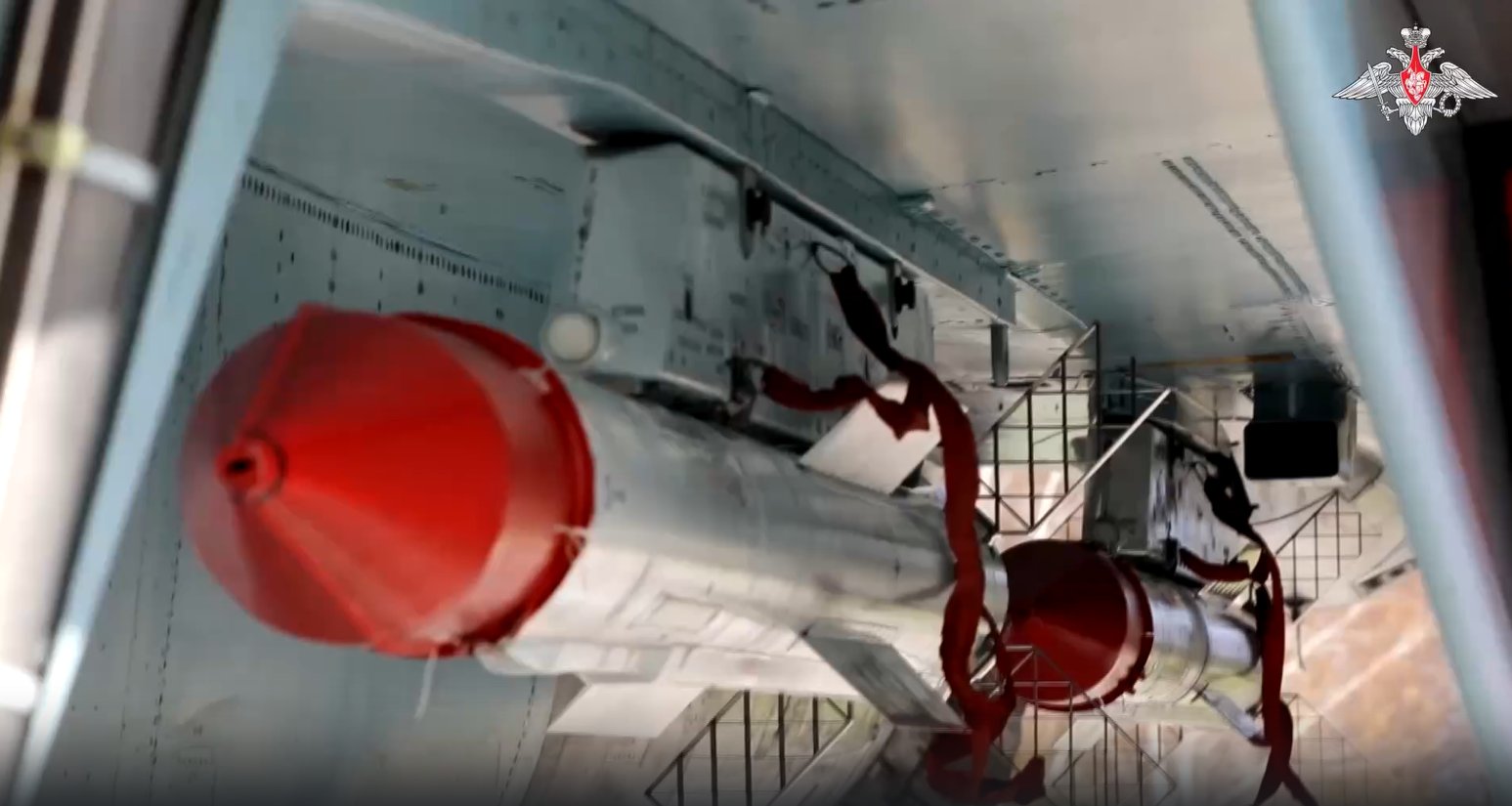
The difference in technology between the aircraft of the two air forces mainly comprises the R-77-1 AAM coupled with the excellent look-down, shoot-down performance of the N035 Irbis-E radars onboard the Russian fighters.
The price of this missile was stated in a court case brought against the manufacturer in 2019 by the RuMoD, wherein the ministry demanded compensation for a November 2018 delay in the delivery of a batch of 10 R-77-1 missiles, with a total value of 299 million rubles, meaning 29.9 million rubles per missile at 2018 prices.
Furthermore, the case provides insight into the production volume of R-77-1 missiles at that time, as it stated the price of the entire five-year contract for 2018 to 2022 as 64,880 million rubles.
Assuming a fixed price, as discussed earlier, is usually the case with the ministry’s long-term contracts, the contract’s total value should be enough for 2,170 missiles or about 430 per year.
What Is The Cost Of LMUR Missile?
The Lyogkaya Mnogotselevaya Upravlayemaya Raketa (LMUR), or what is commonly known as the light multipurpose guided missile, is the latest and most advanced Russian anti-armor weapon deployed using the Mi-8MNP-2 special operations helicopters as well as by modernized Mi-28NM and Ka-52M combat helicopters.
While the missile’s name may include light, it weighs twice as much as more conventional Russian helicopter-launched anti-guided tank munitions (ATGMs). Also, the missile has a range of up to 14.48 kilometers, which is also twice as far as previous Russian anti-tank missiles.
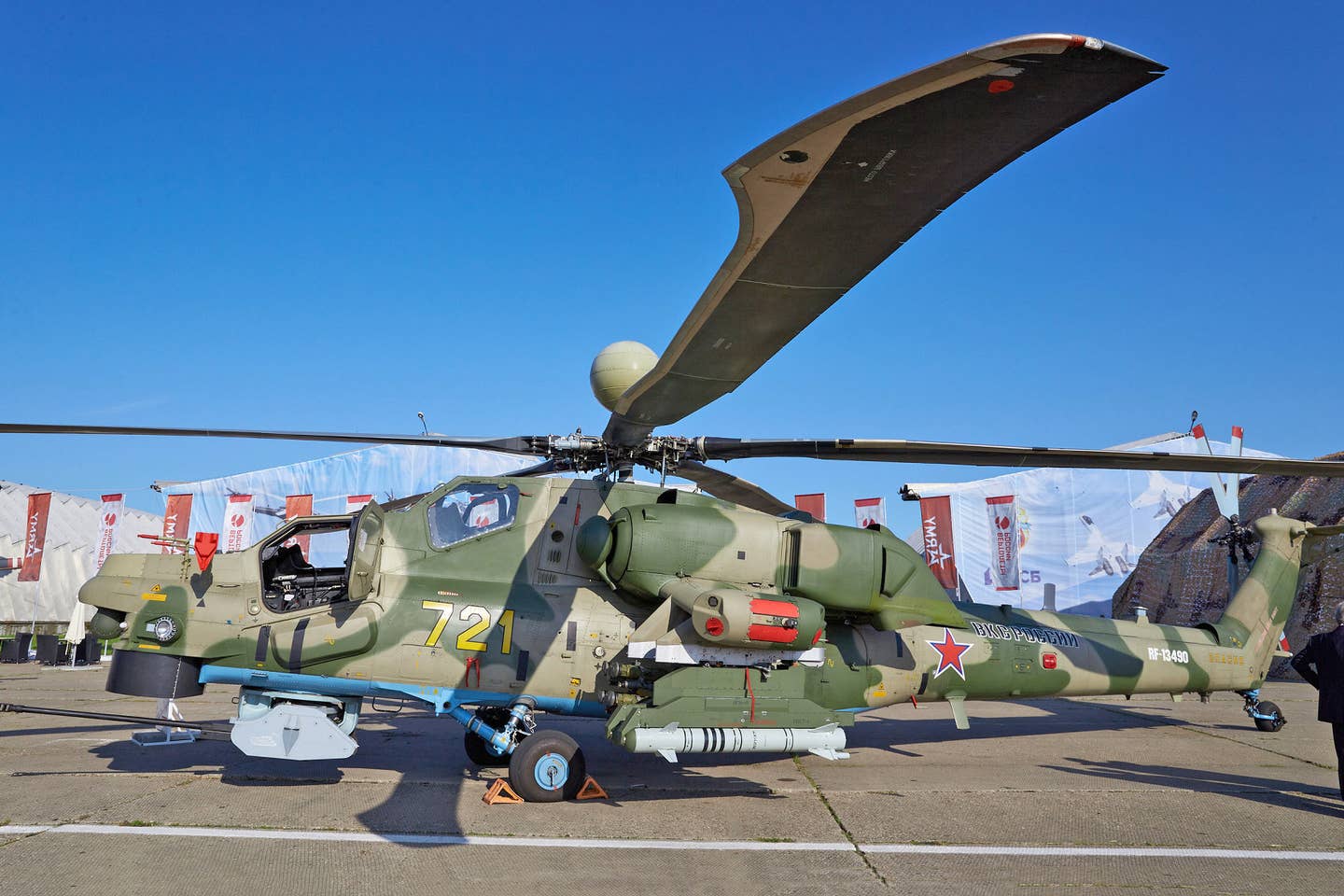
The LMUR is very different from other Russian helicopter-launched anti-tank missiles, as it features a two-way data link connecting the missile to the helicopter. This data link transmits the image from the missile’s thermal-imaging seeker to the pilot’s cockpit as it approaches the target, and the guiding instructions are then sent back to the missile.
The price of the LMUR was also uncovered by Butwoski from a court case brought against the missile’s manufacturer, the Machine Building Design Bureau in Kolomna near Moscow, by the RuMoD.
Video of Russian Mi-28MN attack helicopters launching Izdelie 305 LMUR missiles. The footage shows them operating with Mi-8AMTSh helicopters. https://t.co/rU8EnO9LUWhttps://t.co/q8DhBdQgq8 pic.twitter.com/kWTnPGepFD
— Rob Lee (@RALee85) January 15, 2023
Even in this case, the ministry claimed compensation for a delay in delivering a batch of 30 LMUR missiles in 2018, wherein the price of one LMUR missile is stated at 14.2 million rubles, including 18 percent value-added tax (VAT).
As per the documents, the case was related to a three-year contract for 2018 to 2020, valued at 1,807 million rubles, which should be enough to produce 127 missiles, assuming a fixed price.
Also, according to the case, the manufacturer was supposed to deliver a batch of 30 missiles in 2018, based on which the contract entailed the production of around 50 missile rounds annually in subsequent years.
What Is The Cost Of Su-57?
Recently, the UK Ministry of Defense (MoD) reported that Russia is “almost certainly” deploying its most powerful warplane, the Su-57 Felon, in operations against Ukraine in a way that minimizes the risks to the aircraft.
According to the UK MoD, the Su-57s were probably restricted to flying over Russian territory and firing long-range air-to-surface or air-to-air missiles into Ukraine to avoid getting detected and shot down by Ukrainian air defense systems.
Meanwhile, Russian media reports have been claiming the use of Su-57s in the ongoing Ukraine war since May 2022.
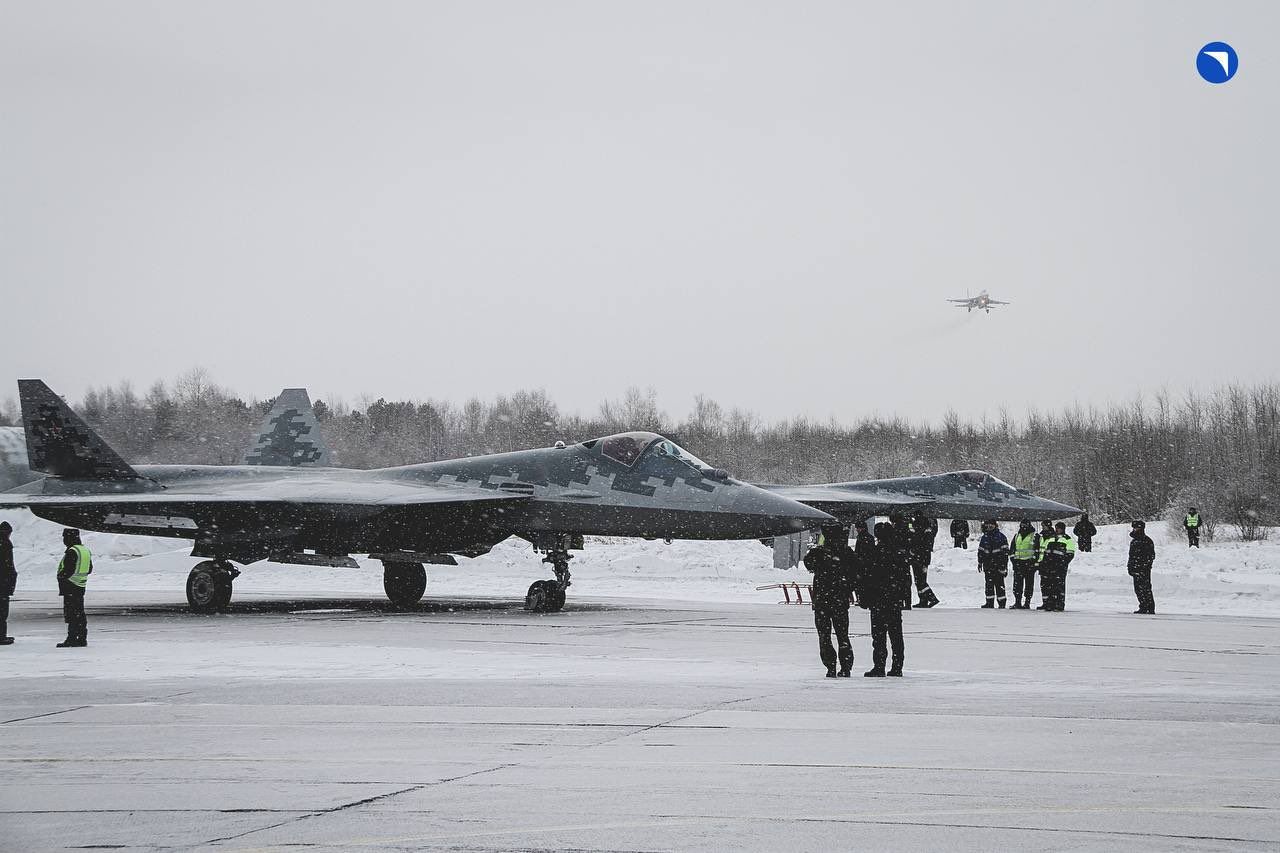
The Su-57 is Russia’s latest and most advanced fighter jet. While Russia classifies this fighter as a fifth-generation platform because of its stealth features, Western experts disagree with this classification.
Also, the serial production of this aircraft is just getting started, and according to Butowski, so far, no operational units of the Russian military have been equipped. All nine aircraft delivered to the RuMoD are at the Akhtubinsk test facility and Lipetsk crew conversion center.
The most reliable information about the price of the Su-57, according to Butowski, comes from a presentation shown to the Russian Defense Minister Sergei Shoigu during his visit to the Su-57’s production plant in Komsomolsk-on-Amur in August 2020.
In a poster shown to Shoigu, the price of two aircraft from the initial batch completed in 2019 and 2020 was valued at 4,700 million rubles each, including 20 percent VAT.
Moreover, the poster also included the forecast price reduction during production for the batch of 76 fighters ordered by the RuMoD in June 2019 slated for delivery until 2018, according to which the price of one aircraft produced in 2018 is expected to come down to 3,192 million rubles.
Are Russian Weapons Expensive Or Economical?
Butowski explained that it is not easy to assess if the prices paid by the RuMoD for aircraft mentioned above and missiles are less or more relative to similar weapon systems procured by the Western governments.
This is because simply converting the above ruble price to US dollars or any other western currencies using the market exchange rate (MER) is inaccurate, as the ruble exchange rate collapsed in 2014 due to Western economic sanctions imposed on Russia following its annexation of Crimea.
However, the decline of the ruble exchange rate did not have much impact on internal prices.
According to Butowski, it is more appropriate to use a conversion rate adjusted for defense-specific purchasing power parity (DS PPP). According to a recent report by the International Institute for Strategic Studies (IISS), using DS PPP, the Russian military hardware prices in US dollars are between 1.9 and 2.3 times higher than when calculated using MERs.
Therefore, based on DS PPP, each Ka-52 Helicopter should cost around US$ 30.5 million (converted from 1,177 million rubles in 2021), and the prices of R-77-1 and LMUR missiles should be around US$ 1,079,000 (converted from 29.9 million rubles in 2018) and US$ 512,000 (converted from 14.2 million rubles in 2018).
The cost of each Su-57 should be somewhere between 139.1 million in 2020 (4,700 million in rubles) to 94.5 million by 2028 (converted from 3,192 million rubles as forecasted in 2020).
- Contact the author at tanmaykadam700@gmail.com
- Follow EurAsian Times on Google News

